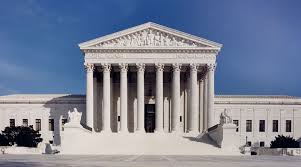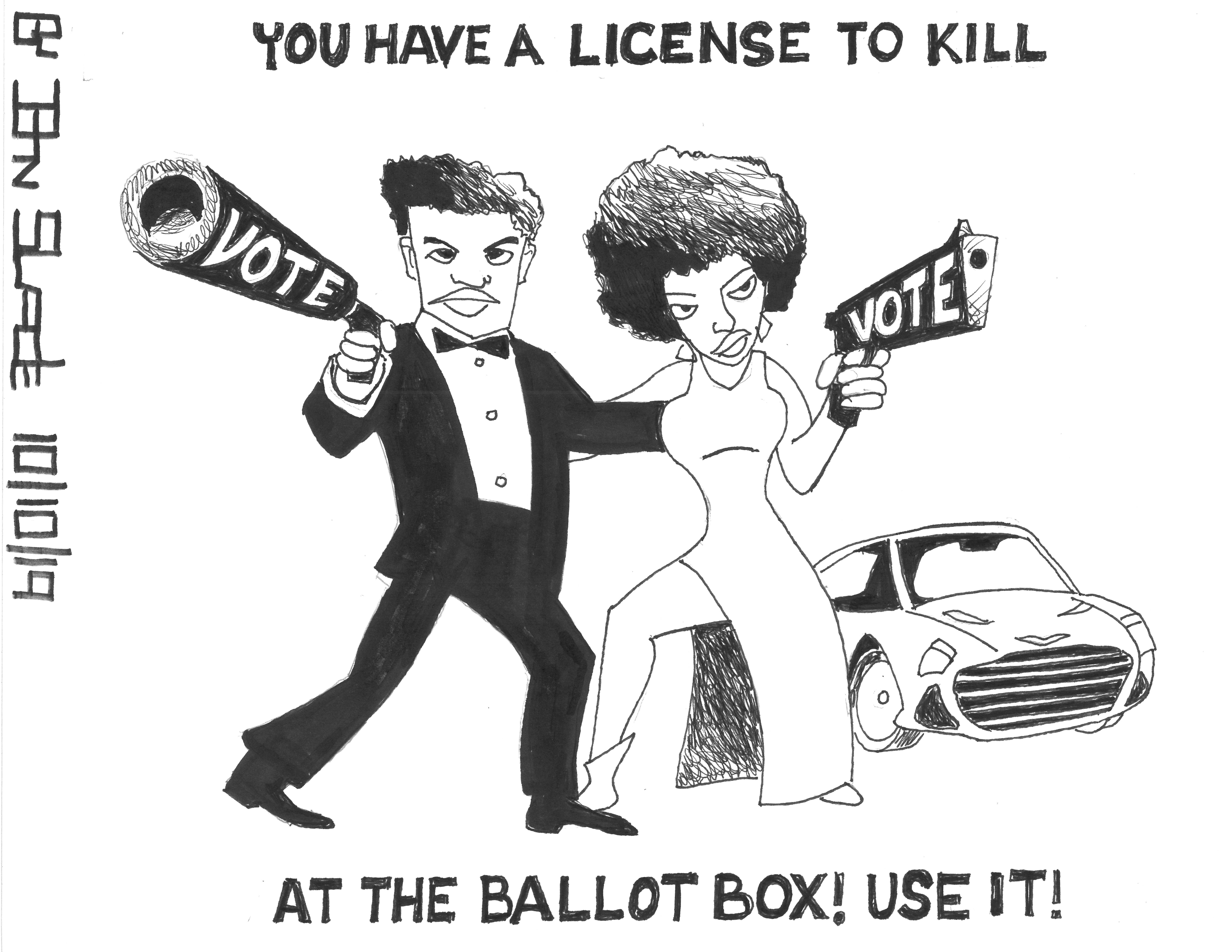The Dangerous New Argument
The most dangerous assault on Black voting rights today doesn’t come with poll taxes or literacy tests. Instead, it comes wrapped in constitutional language and dressed up as fairness.
In Louisiana, Alabama, and Texas, state lawyers and conservative advocates have perfected a modern weapon: the claim that using race to fix racial discrimination is itself unconstitutional.
They twist the Equal Protection Clause — a protection born from the ashes of slavery — into a tool that weakens the very communities it was meant to protect. This is not just a policy dispute. It is discrimination in a new and more subtle form. This is the modern version of Jim Crow. Call him Jimmy — he smiles in your face and shakes your hand in the restaurant.
Why Race Was in the Law to Begin With
Section 2 of the Voting Rights Act was never an accident. Congress put race front and center because race was the problem. The law aimed to stop decades of deliberate and planned attacks on Black political power.
Lawmakers designed the Act to use race intentionally — not to give one group an unfair advantage, but to repair centuries of targeted harm. Calling this intentional repair “reverse discrimination” mocks history and insults justice.
Louisiana: The Messy Example
In Louisiana, the voting rights fight has turned into a legal maze. In 2022, federal judge Shelly Dick ruled that the state’s congressional map diluted Black voting power. She ordered lawmakers to create a second majority-Black district.
The legislature complied. Soon after, another court declared the new map unconstitutional, calling it an illegal racial gerrymander. This left voters stuck between two conflicting rulings.
The Supreme Court stepped in but refused to settle the disagreement. Instead, the justices froze the map for the 2024 election, saying they wanted to prevent confusion. As a result, Louisianans used a map that another court may later throw out. This example shows how ‘reverse discrimination’ claims delay or destroy remedies for proven discrimination.
An Example That Says It All
Imagine a town that for decades locked Black families out of its only public swimming pool. A federal judge forces the town to allow them in, so the town sets aside specific hours so Black residents can swim without being crowded out.
Now imagine those same leaders running to another court, saying, “That’s not fair to white swimmers.” They pretend they’ve forgotten who kept the pool closed in the first place.
This is exactly what happens in today’s redistricting fights. The “pool” is the right to vote, and the “swim hours” are districts where Black voters can vote for people that look like them. The fix for decades of exclusion now faces attack as unconstitutional.

The Supreme Court’s Role
This fight over “reverse discrimination” isn’t just a legal debate — it’s aimed at changing the rules that have protected Black voters for nearly 60 years.
So far, the Supreme Court has never ruled that the Equal Protection Clause and the Voting Rights Act conflict. The Equal Protection Clause is part of the 14th Amendment to the Constitution. It says the government must treat people equally under the law and cannot unfairly discriminate based on race. Congress passed the Voting Rights Act in 1965 to stop states from making rules that block or weaken the votes of Black Americans.
Right now, some lawyers and lawmakers are arguing that these two laws clash — that protecting the right of Black voters to choose their leaders is somehow unfair. Several Supreme Court justices have signaled they might agree. If the Court rules the two laws conflict, states will no longer have to create majority-Black districts, even when there is clear proof of discrimination. That decision would lock today’s power structure in place for decades.
This is Not Your Grandfather’s Discrimination
This isn’t the crude bigotry of Jim Crow. It is 21st-century discrimination — dressed in the language of equality, pushed through legal arguments, and delivered with a smile. It’s clever, calculated, and convincing to those who don’t know the history.
The people behind this strategy know exactly what they are doing. They use the Constitution’s promise of equality as a weapon to block the progress that promise was meant to secure.
Recognizing the Problem
Like the first step in recovery, we must name the problem before we can solve it. This is a deliberate effort to weaken Black political influence while pretending it’s about fairness.
Failing to recognize it means falling into the trap. Once we are in, we will fight for scraps of representation in a system built to keep us powerless.
The Path Forward
We cannot wait for the courts to rescue us. History shows they often arrive too late or side with those in power. Therefore, we must organize, vote in every election, support candidates who defend voting rights, and challenge these arguments loudly and often.
The first step is awareness. The second is action. The time for both is now.
RELATED: Messy Louisiana Court case to be heard by US Supreme Court

